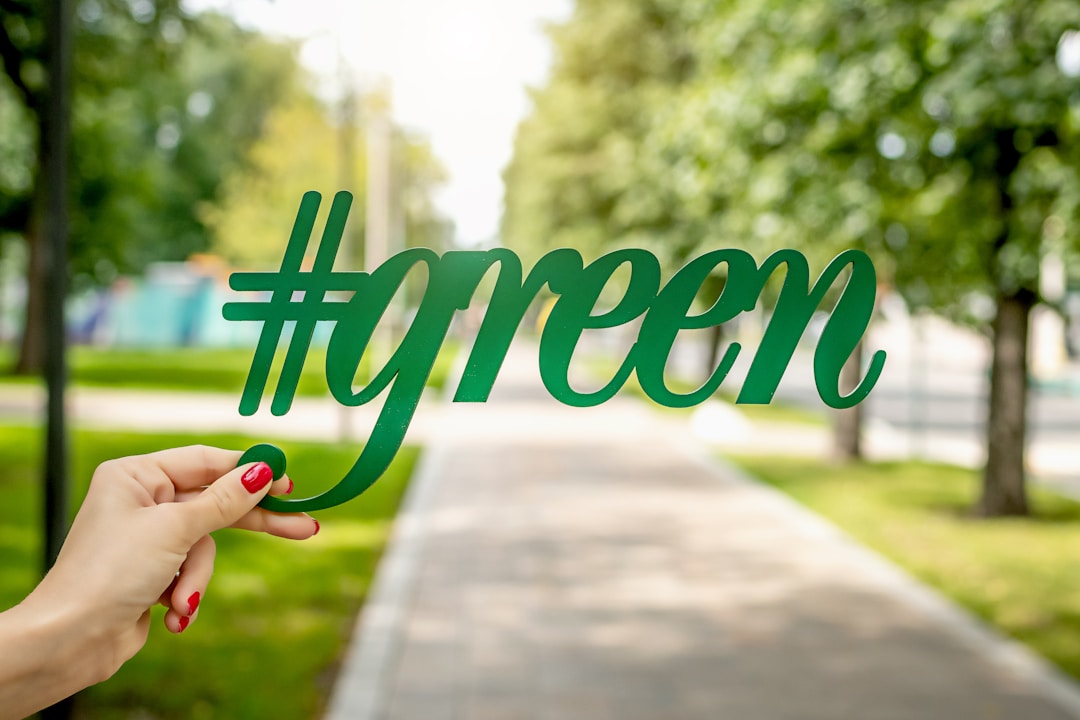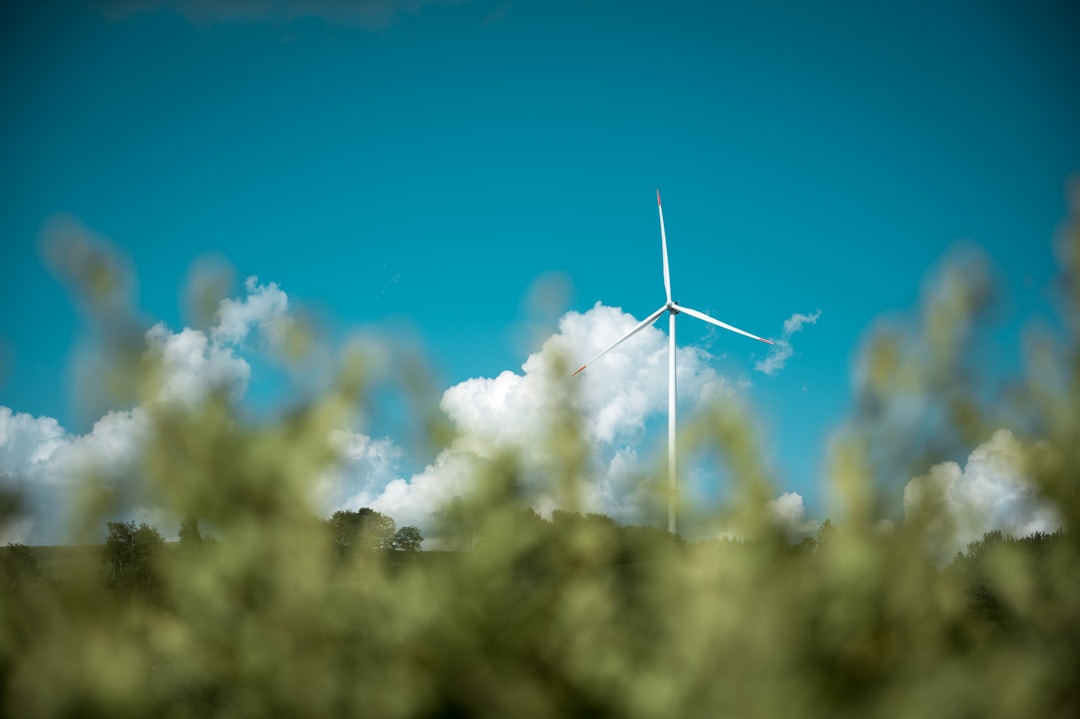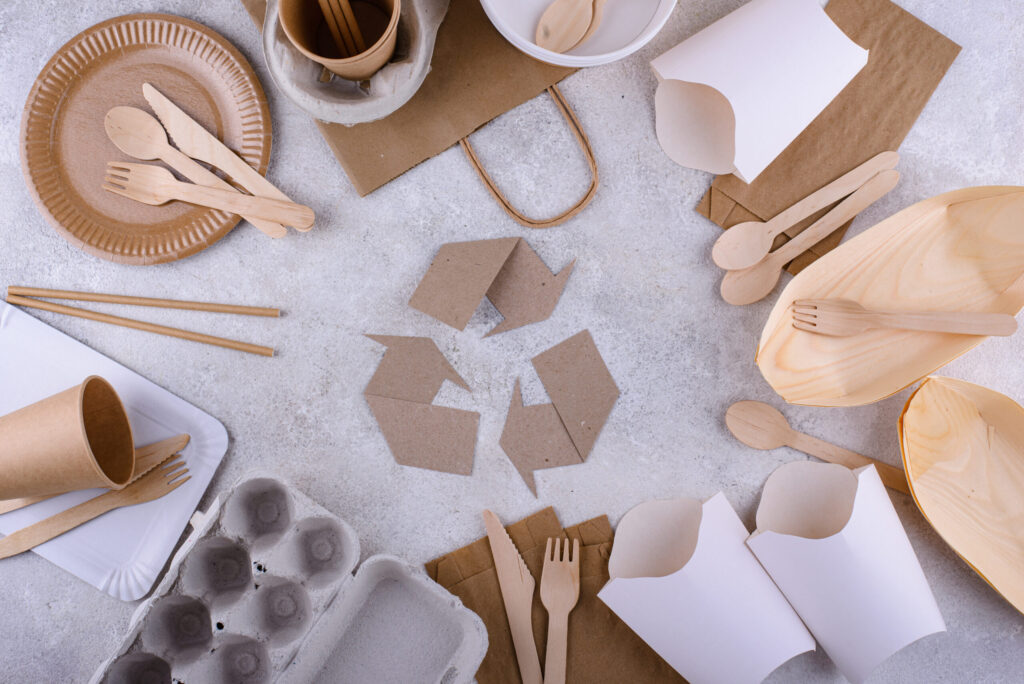The ongoing drive for sustainability has significantly impacted consumer choices, steering industry trends toward eco-friendly solutions. In every sector of the economy, stakeholders face the challenge of redefining their processes to align with this new norm, especially in product packaging. In this article, you’ll learn about the revolution of sustainable packaging, striking a balance between ecology, economy, and functionality. Explore the current trends in sustainable packaging, its potential challenges, how it contributes to saving our planet, and the need for stakeholder collaboration to expedite its adoption. Keep reading, and take part in this positive revolution.
Emerging Trends in Sustainable Packaging

As the demand for environmentally friendly packaging grows, the industry is witnessing a surge of modern technologies and materials. Bioplastics, the green alternative to traditional plastics, are gaining immense popularity. Unlike conventional plastics, bioplastics are derived from renewable sources and are often biodegradable, thereby reducing their environmental footprint. For example, companies that manufacture containers with a hinged lid now offer options made of bioplastics.
Another notable trend is the use of plant-based materials. Packaging derived from sugar cane, like the products available from Earthwise Packaging, is biodegradable and compostable, leaving no trace when eliminated correctly. These unconventional materials are not only environmentally friendly but also pose opportunities for waste management by employing waste as raw material.
The reclaiming of ocean plastic for use in product packaging is another radical innovation setting the pace for the industry. By employing plastics recovered from our oceans, businesses can contribute to reducing the environmental burden while creating aesthetically pleasing packaging solutions. This concept turns a source of pollution into a resource while preventing further harm to marine habitats.
The Green Packaging Industry: A Current Snapshot
In a world increasingly aware of the adverse effects of human activity on our environment, businesses are constantly searching for ways to decrease their environmental impact. The packaging industry is no exception, with an increasing shift towards the use of materials and processes that minimize waste. Sustainable packaging, as the name suggests, refers to packaging that has been designed to reduce its environmental impact. This is achieved by using materials that are biodegradable, recyclable, and even reusable.
According to market analytics, green packaging, as it is also known, is booming. This reflects the increasing demand for sustainable solutions. Still, transitioning from traditional packaging to environmentally friendly alternatives is riddled with challenges, including balancing the cost and benefits, securing a steady supply of raw materials, and managing stakeholder expectations. Stakeholder mapping plays a role in the green packaging revolution. They include manufacturers, suppliers, retailers, consumers, and regulatory bodies.
For instance, redefining packaging practices requires the collaboration of these entities to minimize environmental impacts. Product manufacturers must be willing to adopt sustainable packaging, retailers ready to stock their shelves with these packages, consumers prepared to buy products in such packaging, and regulatory bodies must provide guiding policies that encourage its adoption.
Challenges Encountered

The shift towards sustainable packaging is not without its challenges. Implementing sustainable practices in packaging requires considerable investment, including the cost of switching from traditional production systems, the expense of sourcing renewable materials, and the need for advanced technologies in manufacturing. Businesses need to balance these costs against the benefits and find sustainable solutions that can also be profitable.
The good news is that consumers have responded enthusiastically to the emergence of eco-friendly products. Consumers have more often than not expressed their willingness to embrace environmentally friendly packaging options. Studies show that customers are more likely to purchase products from brands that they feel share their values and environmentalism is a core value for many.
Retailer’s Perspective
From a retailer’s perspective, the transition to green packaging demands a restructuring of its supply chain. They have to adapt to changes in product dimensions, packaging weights, and display requirements. Proper inventory management becomes crucial as many sustainable packaging materials have a shorter shelf life than their non-sustainable counterparts.
Furthermore, retailers find themselves at the forefront of the customer education process regarding sustainable packaging. They must communicate the value and importance of choosing sustainable packaging to their customers. On one hand, this presents an opportunity for retailers to associate their brand with environmental responsibility, but on the other hand, it requires considerable effort in terms of training and communication activities.
Consumer’s Perspective

For consumers, sustainable packaging offers a meaningful way to contribute to the environment’s health. However, it may also come with certain inconveniences, such as higher costs or changes in product use and disposal. Therefore, businesses need to ensure that their sustainable solutions satisfy consumer expectations without compromising on convenience, aesthetics, or price competitiveness.
Furthermore, there is a need for consumer education on sustainable packaging. While consumers generally express a willingness to pay more for sustainability, there is a substantial knowledge gap. Many consumers struggle to understand terms such as “biodegradable,” “compostable,” or “recyclable,” which leaves them confused about how to properly dispose of packaging materials or whether they are truly environmentally friendly.
Therefore, clear communication and transparency are major components in the successful adoption of sustainable packaging. When companies effectively relay the environmental benefits of their chosen packaging, it assists consumers as they try to make informed choices and boosts the company’s image as an environmentally responsible entity.
Role of Regulatory Bodies
Regulatory bodies play an invaluable role in driving the adoption of sustainable packaging. They have the power to enforce regulations that proactively encourage businesses to switch to greener packaging solutions. As seen in the case of legislation against single-use plastics in many countries, having a strong regulatory framework can kickstart drastic changes in industry practices.
Regulatory bodies should put in place policies supporting businesses in their transition to sustainable practices. This could be through incentives such as tax benefits for businesses using eco-friendly packaging or funding and support for research and development of new materials and technologies. At the same time, regulatory bodies should strive for global harmony in their policies to allow for easy international trade while ensuring environmental preservation. This could be achieved through coordinated efforts with international organizations, encouraging uniform standards, and sharing best practices on a global scale.
Embracing the Sustainable Revolution in Packaging

The revolution of sustainable packaging is an ongoing journey with immense potential to positively transform the packaging industry and our environment. It represents an opportunity for businesses to redefine their impact on the environment and demonstrate environmental stewardship aligned with a modern, socially responsible enterprise. Concurrently, consumers gain a meaningful avenue to align their purchasing behavior with their environmental values, aiding in the global effort to mitigate environmental degradation.
The idea is not to view sustainable packaging as a hindrance or an added cost but as an opportunity to embrace change, innovate, and make a difference in the fight against climate change. With dedication, creativity, and a shared vision, the sustainable packaging revolution can lead the industry into a future that is economically viable and ecologically sustainable.
As you can see, the sustainable packaging revolution is a positive stride towards a more sustainable future, balancing the ecological and economic aspects. As a collective effort, its success depends on the participation and commitment of stakeholders, demonstrating that environmental stewardship goes hand in hand with good business practices. Indeed, the sustainable packaging revolution is not merely a trend; it is a necessity for our shared future.









